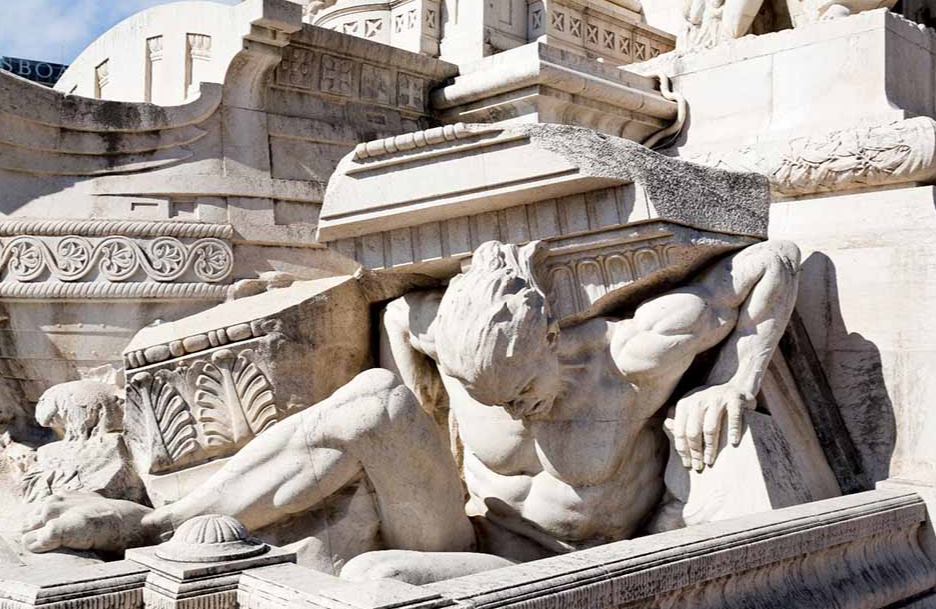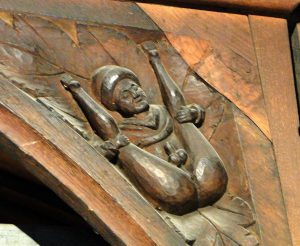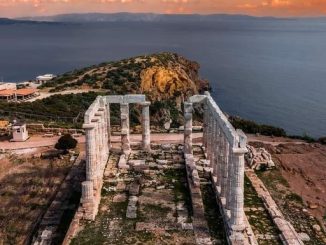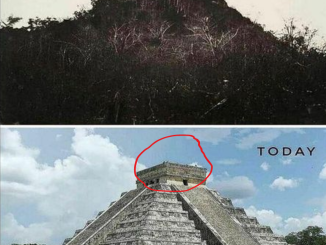In the year 1755, the vibrant city of Lisbon awakened to a day like any other. Little did its inhabitants know that this would be a fateful All Saints’ Day that would reshape history. As the sun rose, an inexplicable sense of unease permeated the air. The seagulls’ piercing cries heralded the impending tragedy. Suddenly, chaos ensued as houses crumbled, leaving people to ponder if divine retribution was upon them. But the calamity had only just begun. A devastating tsunami crashed upon the shores, followed by an unrelenting inferno that engulfed the entire city.

The Great Lisbon Earthquake, as it came to be known, became one of the deadliest in recorded history, claiming countless lives and reducing Lisbon to ruins. However, from this abyss of destruction, something extraordinary emerged—a beacon of new thought. Embodied in the Marquis of Pombal, Lisbon’s prime minister, a groundbreaking scientific revolution began to take shape. This seismic event not only shattered buildings but also shattered long-held beliefs, ushering in an era of enlightenment, questioning the unquestionable, and setting the stage for the birth of the modern age.
Lisbon’s Cataclysm The Earthquake that Shook History








